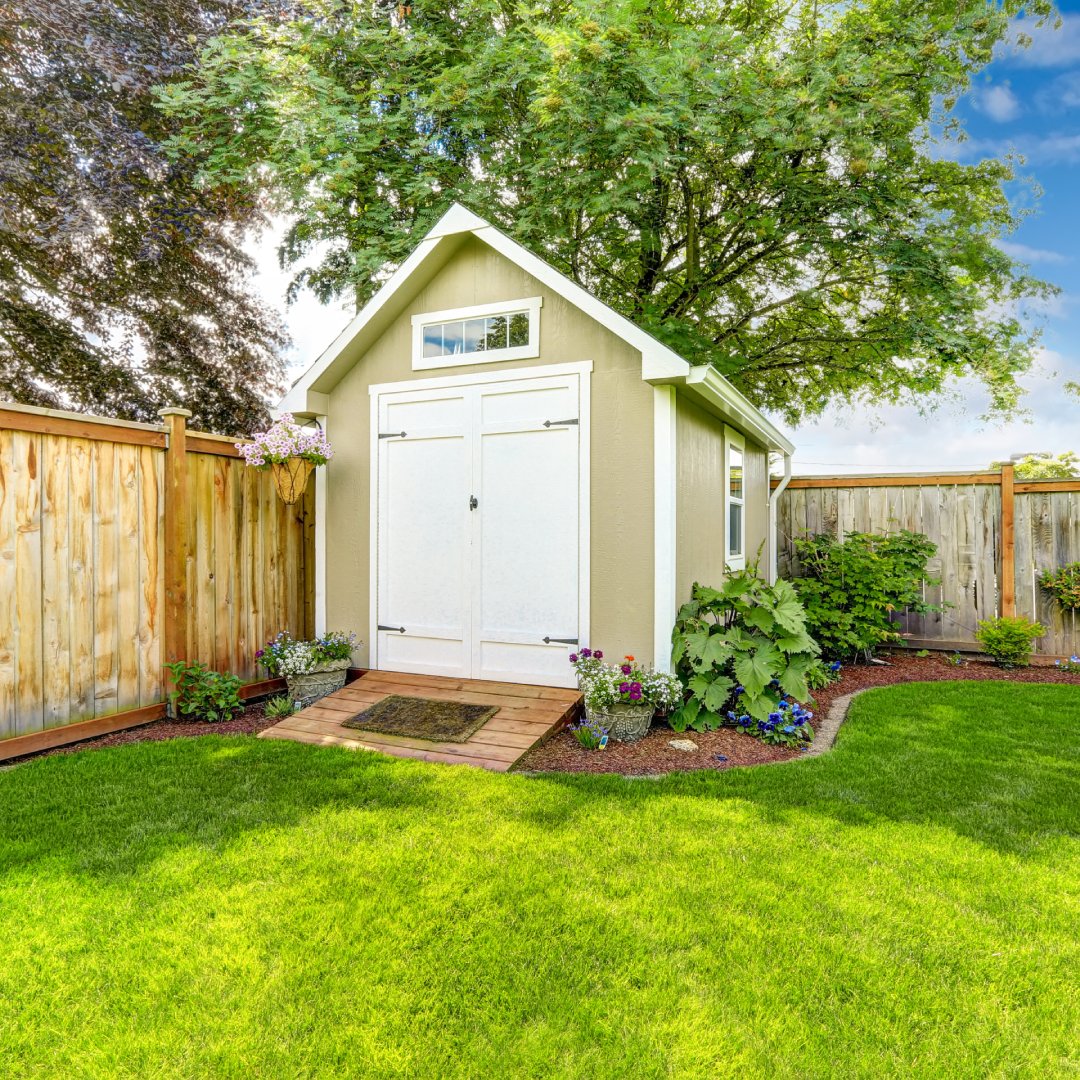Backyard sheds offer practical storage solutions while adding charm and functionality to an outdoor space. Building one yourself allows for customization to meet your specific needs and provides a satisfying hands-on experience. Before you start the construction process, consider a few key factors to ensure it meets your needs and stands the test of time. Here are five important considerations to keep in mind when designing a backyard shed.
Size
The first step in designing your shed is determining the right size. Think about what you’ll be using it for. Are you storing gardening tools, outdoor equipment, or seasonal decorations? You’ll need extra square footage if your shed will serve multiple functions, such as if you want to turn it into a workspace or hobby area. Consider your future storage needs as well, so you don’t end up with a shed that’s too small.
Location
The location of your shed will influence its accessibility and functionality. Place it somewhere that is easy to reach while considering nearby drainage and landscape conditions. The amount of sunlight and shade it’s exposed to should also factor into this decision. If your shed will store temperature-sensitive items, such as paint or tools, you should position it somewhere with moderate sun coverage.
Roofing
A shed’s roof is its first line of defense against harsh weather and has a significant impact on its overall appearance. When choosing roofing materials, durability should be a top priority. Asphalt shingles are a popular and cost-effective choice, while metal roofs offer longevity and excellent weather resistance.
Consider the slope, height, and style when deciding on a shed roof design. A steeper sloped roof is better for shedding water and snow, while a lower profile offers easier access for maintenance.
Door
Your shed’s main entry point will determine how easy it will be for you to access your stored belongings inside. If you bring in large items like lawnmowers or bicycles, you may need an overhead door to accommodate easier access. For smaller storage needs, a single standard door might suffice. A lockable door enhances security for your tools and equipment while preventing unauthorized access.
Siding
Selecting the right siding should be one of your key considerations when designing a backyard shed, as it affects the shed’s durability and how well it blends into your yard’s design. Wooden siding offers a natural look, while vinyl is low-maintenance and weather-resistant. Fiber cement siding is a durable option for more robust protection that resists rot, fire, and insects. Whichever material you choose, make sure it aligns with your home’s style and withstands your local climate conditions.
Homeowners who are designing a custom shed should consider both the functional construction aspects and their own style preferences. By carefully considering the size, location, roofing, doors, and siding, you’ll create a long-lasting structure that works perfectly for your needs. Begin your project today, and transform your backyard with a shed designed to combine utility with style.

